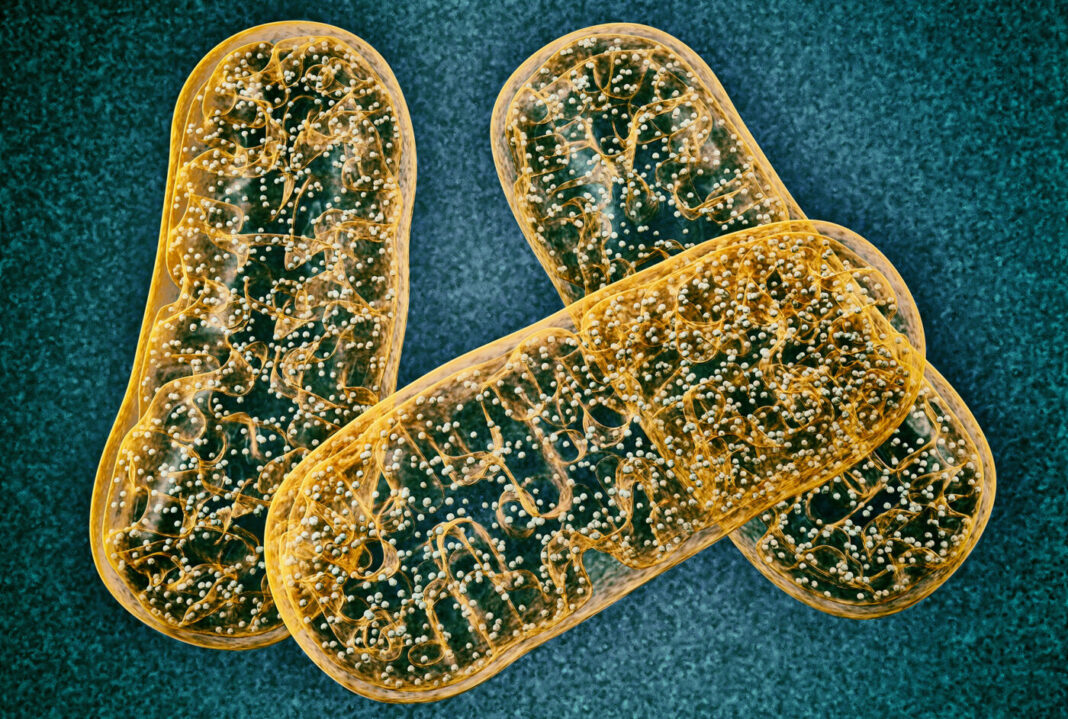Mitochondria, the powerhouse of cells, are involved in several critical functions including cell division and preserving responses to various types of stress. Studying the details of the mitochondria structure has been limited. Now, scientists at Scripps Research report an advanced imaging-based method that offers a new way of studying mitochondria. The novel method may potentially be used to help identify the detailed mechanisms of diseases such as cancer, Alzheimer’s, and Parkinson’s.
Their findings are published in the Journal of Cell Biology in a paper titled, “Quantifying organellar ultrastructure in cryo-electron tomography using a surface morphometrics pipeline.”
“We now have a powerful new toolkit for detecting and quantifying structural, and thus functional, differences in mitochondria—for example, in diseased versus healthy states,” explained study senior author Danielle Grotjahn, PhD, assistant professor in the department of integrative structural and computational biology at Scripps Research.
In the study, Grotjahn’s team put together a computational toolkit to process imaging data from cryo-electron tomography (cryo-ET). The researchers’ “surface morphometrics toolkit,” as they call it, enables the detailed mapping and measurement of the structural elements of individual mitochondria. This includes the bends of the inner membrane and the gaps between membranes—all potentially useful markers of important mitochondrial and cellular events.
“It allows us essentially to turn the beautiful 3D pictures of mitochondria we can get from cryo-ET into sensitive, quantitative measurements—which we can potentially use to help identify the detailed mechanisms of diseases, for example,” said Benjamin Barad, PhD, a postdoctoral research associate.
The team demonstrated the toolkit by using it to map structural details on mitochondria when their cells are subjected to endoplasmic reticulum stress—a type of cell stress that is seen often in neurodegenerative diseases. They observed that key structural features such as the curvature of the inner membrane, or the minimum distance between inner and outer membranes, changed measurably when under this stress.
The Grotjahn lab will now use their toolkit for studying in more detail how mitochondria respond to cellular stresses or other changes induced by diseases, toxins, infections, and pharmaceuticals.
“We can compare the effects on mitochondria in cells treated with a drug versus the effects on untreated mitochondria, for example,” said Michaela Medina, a PhD candidate at Scripps Research. “And this approach is not limited to mitochondria—we can also use it to study other organelles within cells.”



